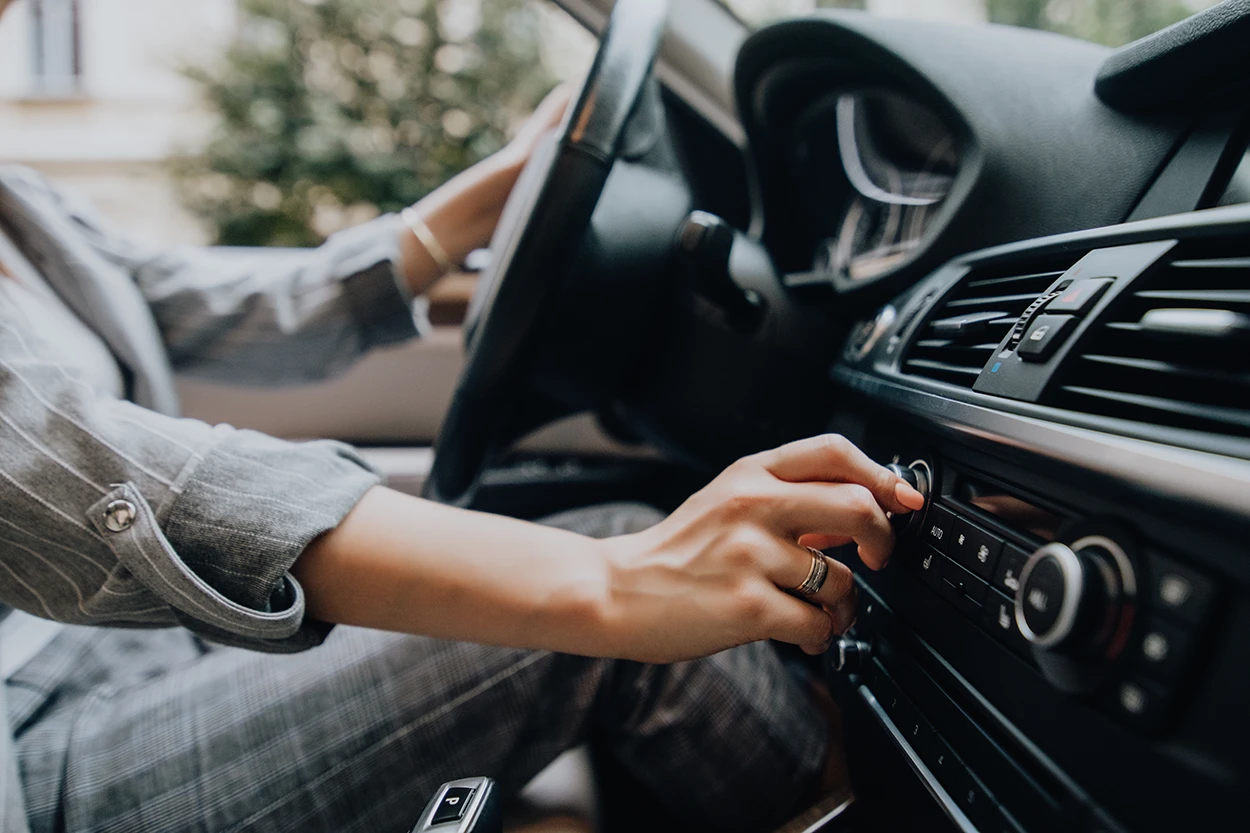
Hearing loss is one of the most common chronic health conditions in the U.S., affecting an estimated 48 million adults nationwide.1 While age, genetics, and other risk factors play a role, certain repeated behaviors can also damage your hearing over time. In fact, hearing loss often develops gradually as a result of everyday habits that many people don’t even realize are harmful.
The good news? Once you understand which habits pose a risk, you can make easy changes to protect your hearing for the long term. Below, we list the most common activities and habits that increase the risk of hearing loss and provide tips on how to protect yourself.
1. Using Loud Equipment Without Hearing Protection
Any sound over 70 decibels (dB) can cause hearing damage over time. Sounds over 110 dB have the potential to cause immediate noise-induced hearing loss (NIHL).
Roughly 40 million adults in the U.S. have some degree of NIHL.2 One common cause is the use of power tools and other loud equipment without hearing protection. The noise levels of lawnmowers, leaf blowers, table saws, and other common implements often exceed safe limits, especially when used for extended periods.
Many people use these tools regularly for chores around the house, DIY projects, or while at work, but don’t realize how much damage repeated exposure can do to their hearing. Without proper ear protection like earmuffs or earplugs, each use increases the risk of permanent hearing loss.
2. Cranking Up the Stereo in the Car
There’s nothing wrong with singing along to your favorite song while driving, but if you regularly turn the volume up to unsafe levels, you could be doing long-term damage to your hearing. Many car stereos can easily exceed 100-140 decibels at higher volume settings. At that level, even short bursts of exposure can contribute to permanent noise-induced hearing loss.
Background noise from traffic or the engines may tempt drivers to turn the stereo up even higher. However, being in an enclosed environment like a vehicle can amplify sound even more, making loud music even more damaging.
To protect your hearing, a good rule of thumb is to always keep the stereo volume at a level where you can still carry on a conversation without having to shout.
3. Not Following OSHA Guidelines for Noise Protection at Work
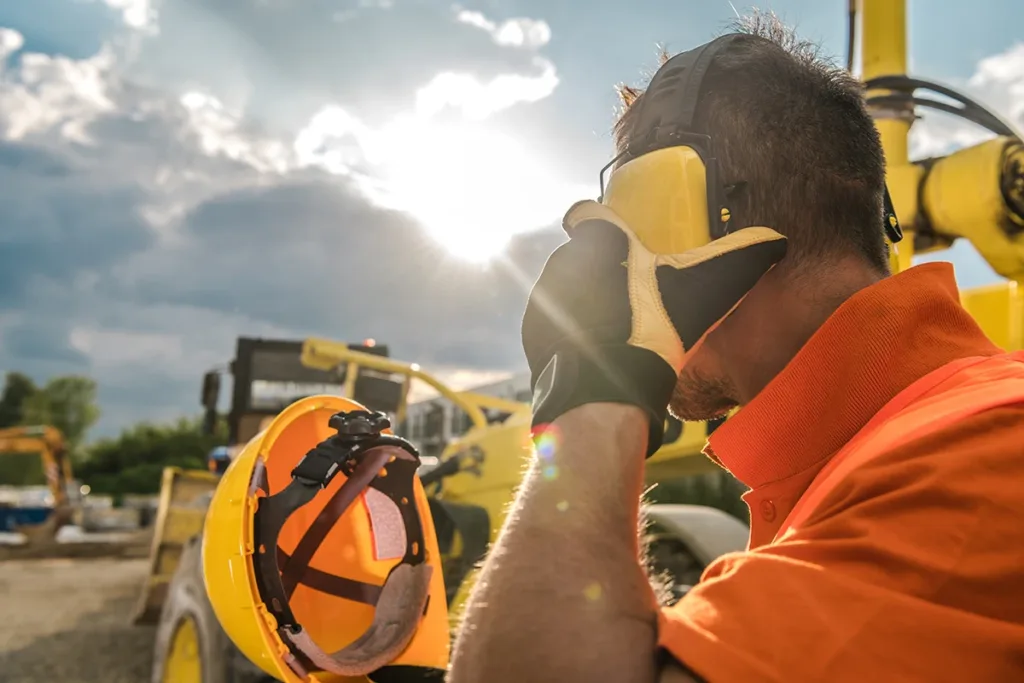
The Occupational Safety and Health Administration (OSHA) ensures safe working conditions for people across a variety of industries. This includes establishing strict regulations around noise exposure to help protect employees from permanent hearing damage.
If noise exposure meets or exceeds an 8-hour time-weighted average (TWA) sound level of 85 dB, employers are required to implement a hearing conservation program3 that includes:
- Monitoring workplace noise to identify harmful sound levels
- Notifying employees if they’ve been exposed to harmful sound
- Providing hearing protection devices, such as earplugs or earmuffs
- Training employees on how noise affects hearing, as well as how to use and maintain HPDs
- Offering baseline and annual hearing tests to track changes over time
Forgetting to follow these guidelines or choosing not to wear hearing protection can have devastating consequences for your hearing health. Whether you work in construction, manufacturing, or any other noisy environment, make it a habit to wear proper hearing protection and follow all safety rules and regulations.
4. Wearing Incorrect Hearing Protection While Using Firearms
When fired, firearms can produce an extremely loud sound that can reach or even exceed 140 dB. This intense noise can cause instant and irreversible hearing damage without the right type of protection.
At most shooting ranges, hearing protection is mandatory for everyone present. Most advise double hearing protection, meaning using both earplugs and earmuffs. Especially when using higher-caliber firearms or while shooting indoors, doubling up on protection is the safest choice.
However, in environments like shooting competitions or while hunting, electronic hearing protection is usually the best option. These devices are designed to block out loud noises like gunshots and amplify quieter sounds. This allows shooters to maintain situational awareness, communicate with others, and hear animal noises while still protecting their hearing.
5. Skipping Earplugs at Loud Events
Loud environments like concerts, nightclubs, and sports venues can reach dangerous noise levels. Sound levels at these events often reach 110+ dB, and things like firework displays can even exceed 140 dB. At those levels, hearing damage can occur in just a few minutes of exposure.
If your ears are ringing after a loud event, this is a sign that your auditory system is under stress. Even if these symptoms are temporary, repeated exposure can lead to permanent hearing loss.
Earplugs are a simple and easy way to protect your hearing without sacrificing your enjoyment or entertainment. Even basic foam earplugs can reduce sound by up to 30 dB, keeping your ears out of the danger zone.
6. Using Headphones at Max Volume
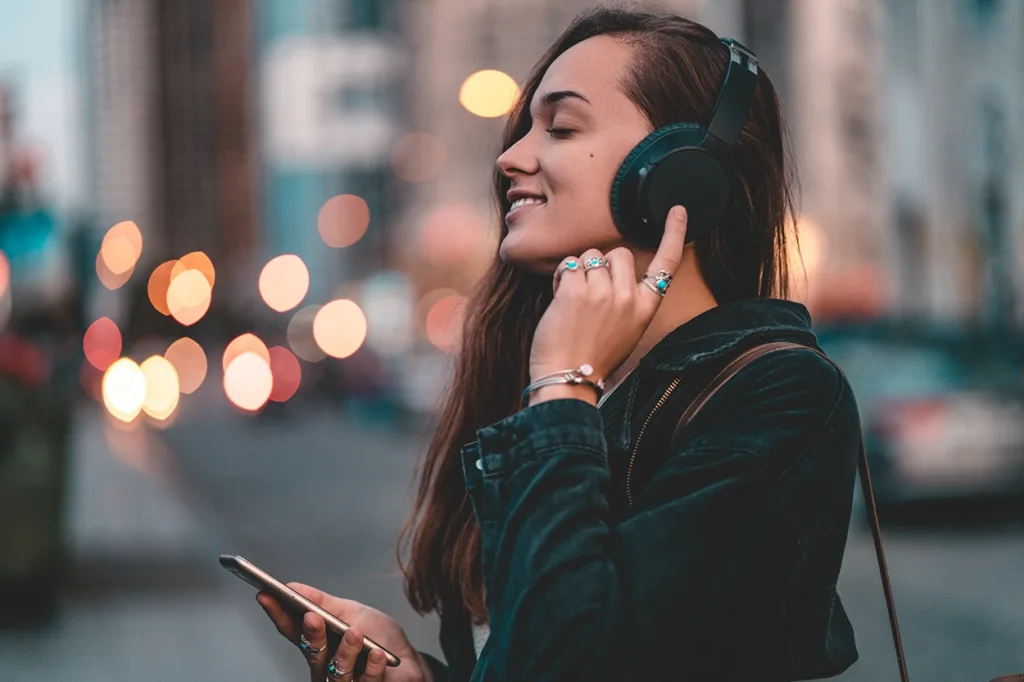
Headphones are an important part of daily life for many people, but it’s all too easy to forget just how loud they can get. WHO data shows that 50% of people between the ages of 12 and 35 use headphones at volumes that put their hearing at risk.4
The same research also determined that most headphones can reach up to 136 dB on average.4 This means using headphones at max volume can cause hearing damage in a matter of minutes. At these volumes, the risk of hearing loss significantly increases the longer and more often you are exposed.
Following the 60/60 rule is one of the best ways to protect your hearing from damage. This means keeping the volume no louder than 60% the maximum volume for no more than 60 minutes at a time.
7. Eating an Imbalanced Diet
Nutrition can have a surprising impact on your hearing health. Our auditory system needs essential nutrients to work properly, so eating an imbalanced diet can contribute to hearing loss over time.
Food rich in essential vitamins and other nutrients can promote long-term hearing health and even help protect against hearing loss. Specifically, foods high in micronutrients like omega-3 fatty acids, vitamins A, B, C, D, and E, zinc, magnesium, and potassium are beneficial.5
This means eating a balanced diet that includes foods like salmon, spinach, nuts and seeds, citrus fruits, and even dark chocolate can benefit your hearing health.
8. Using Cotton Swabs to Clean Your Ears
It might seem natural to reach for a cotton swab to clean your ears, but this common habit can actually increase your risk of hearing issues. Our ears naturally produce earwax (cerumen) to protect us from germs and other potentially harmful contaminants.
Cotton swabs often push wax deeper into the ear canal instead of removing it, which can lead to impaction, infections, or even damage to the eardrum. Over time, repeated trauma to the ear canal can contribute to permanent hearing loss.
Plus, our ears are naturally self-cleaning. The earwax naturally moves to the outer ear on its own, carrying out harmful debris with it. If you feel like your ears are blocked, it’s important to consult a hearing healthcare specialist for care.
9. Smoking Cigarettes
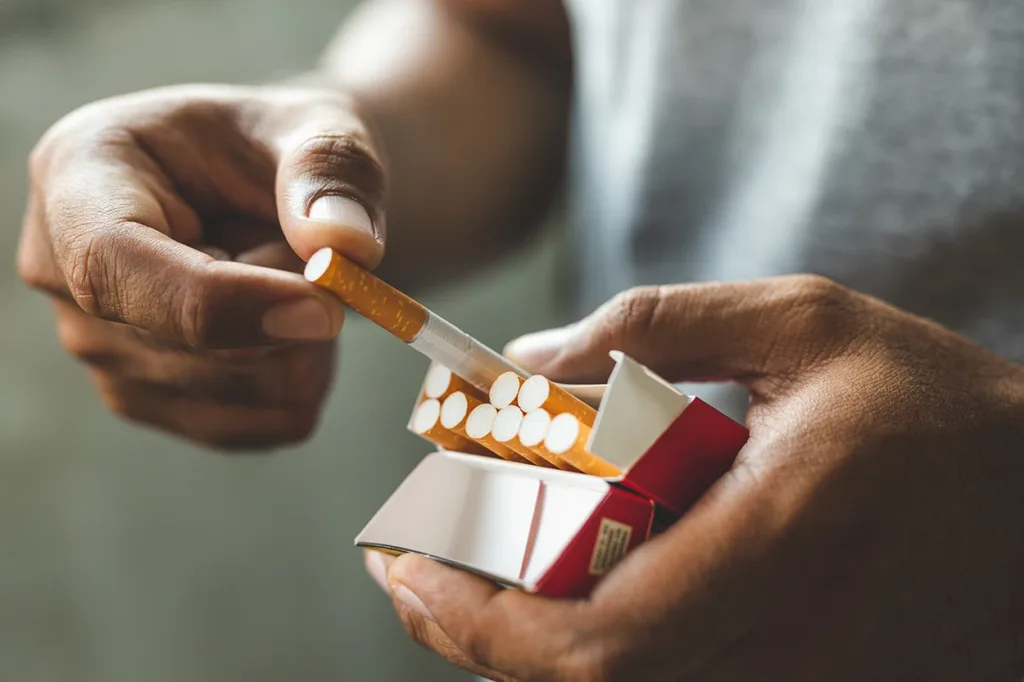
While most people associate smoking with lung and heart problems, it can also take a toll on your hearing. Research suggests that people who smoke cigarettes regularly are 70% more likely to develop hearing loss.6
Cigarette smoke contains toxins that can interfere with your blood flow, which can damage the fragile structures in your inner ear. They also affect neurotransmitter function, disrupting the way your ears process sound. Over time, this can lead to permanent hearing loss.
Quitting smoking can help protect your hearing as well as your overall health. Pairing this with regular hearing checkups and healthy lifestyle habits gives your ears the best chance to stay sharp for years to come.
10. Loud Workout Classes
Working out can be incredibly beneficial to your physical and mental health, but certain gym environments can actually put you at risk of hearing loss. High-energy workout classes like Spin or HIIT often rely on loud music to keep you motivated. While the beats may make the class more fun, exposure to high sound levels for extended periods can damage your hearing.
The best way to safeguard your hearing health without skipping your favorite workout class is to wear standard foam earplugs or custom earplugs. It can also be helpful to position yourself as far away from speakers as possible and give your ears a break from loud noise after each class.
11. Excessive Alcohol
Excessive alcohol use can affect your hearing in ways you might not expect. Research shows that people with a history of heavy drinking have a 35% higher risk of developing hearing loss.7
Over time, drinking heavily can damage the auditory nerve. Alcohol can also reduce blood flow to the inner ear, depriving the delicate structures of the oxygen and nutrients they need to function properly. Plus, pairing alcohol with loud environments like bars, concerts, or parties further compounds the risk of hearing damage.
The safest approach is moderation. Limiting alcohol intake not only supports overall health but also helps protect your hearing in the long run.
12. Putting Off Hearing Check-Ups
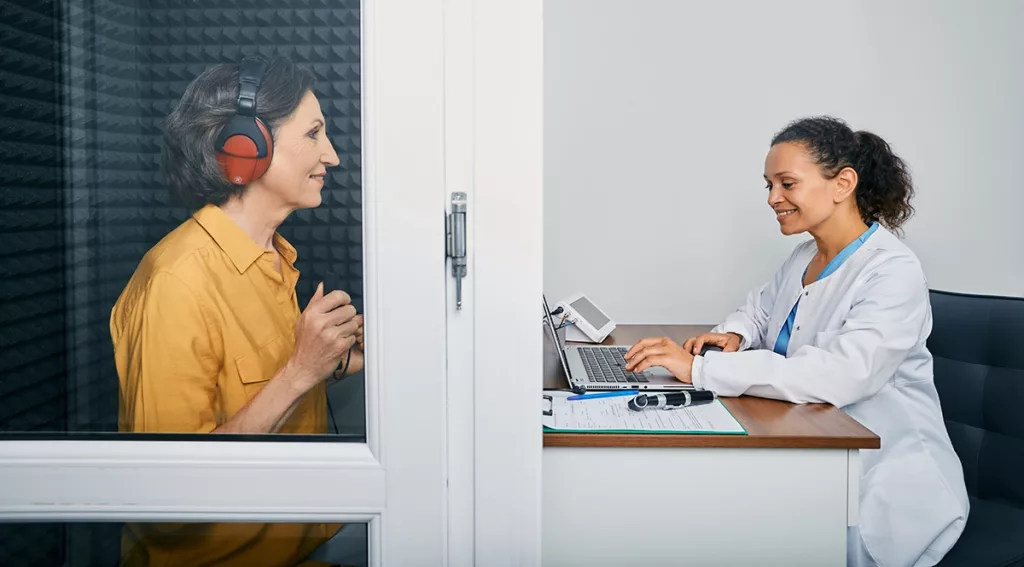
Delaying routine hearing check-ups can allow subtle changes to progress to bigger issues. Since hearing changes often occur gradually, many people don’t realize there’s a problem until it’s already affecting their daily life. Staying on top of check-ups allows you to catch issues early, monitor any changes, and take steps to protect your hearing before permanent damage occurs.
For most adults, it’s recommended to get a baseline hearing test between the ages of 18 to 25, even if you have no noticeable signs of hearing loss. After that, a hearing test every 3 to 5 years is advised until age 50, when annual hearing exams become an important part of managing potential age-related decline.
Even if you feel your hearing is fine, routine check-ups are one of the simplest and most effective ways to protect your long-term hearing health.
Protect Your Hearing Now and for Years to Come with Audibel
If you or a loved one has noticed recent changes in your hearing, scheduling a hearing exam is vital. Early detection of hearing loss plays a crucial role in reducing the impact of the condition on your daily quality of life.
Take charge of your health. Schedule an appointment at an Audibel clinic near you.
References
- American Speech-Language-Hearing Association. (n.d.). New poll of U.S. adults reveals widespread inaction on hearing loss. https://www.asha.org/news/2021/new-poll-of-us-adults-reveals-widespread-inaction-on-hearing-loss/
- Mahboubi, H., Lin, H. W., & Bhattacharyya, N. (2017). Prevalence, characteristics, and treatment patterns of hearing difficulty in the United States. JAMA Otolaryngology–Head & Neck Surgery. https://doi.org/10.1001/jamaoto.2017.2223
- 1910.95 – Occupational noise exposure. | Occupational Safety and Health Administration. (n.d.). https://www.osha.gov/laws-regs/regulations/standardnumber/1910/1910.95
- Noise-induced hearing loss is preventable. (2021, September 23). NIDCD. https://www.nidcd.nih.gov/news/2021/noise-induced-hearing-loss-preventable
- Jung, S. Y., Kim, S. H., & Yeo, S. G. (2019). Association of Nutritional Factors with Hearing Loss. Nutrients, 11(2), 307. https://doi.org/10.3390/nu11020307
- Kumar, A., Gulati, R., Singhal, S., Hasan, A., & Khan, A. (2013). The effect of smoking on the hearing status –A hospital based study. JOURNAL OF CLINICAL AND DIAGNOSTIC RESEARCH. https://doi.org/10.7860/jcdr/2013/4968.2730
- Popelka, M. M., Cruickshanks, K. J., Wiley, T. L., Tweed, T. S., Klein, B. E., Klein, R., & Nondahl, D. M. (2000). Moderate alcohol consumption and hearing loss: a protective effect. Journal of the American Geriatrics Society, 48(10), 1273–1278. https://doi.org/10.1111/j.1532-5415.2000.tb02601.x

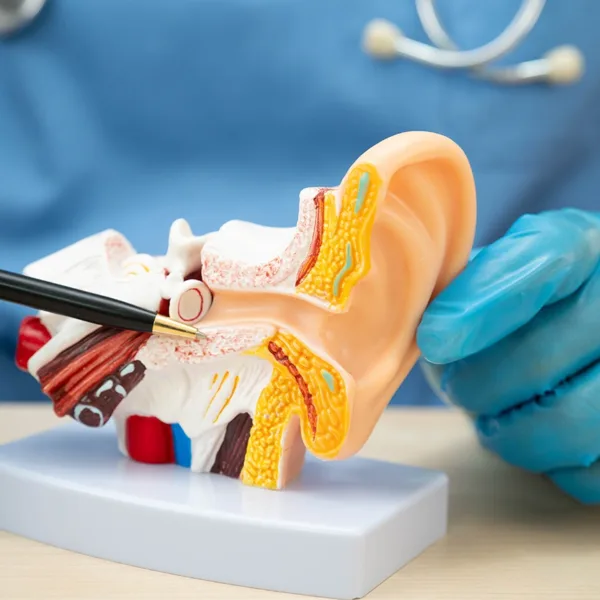
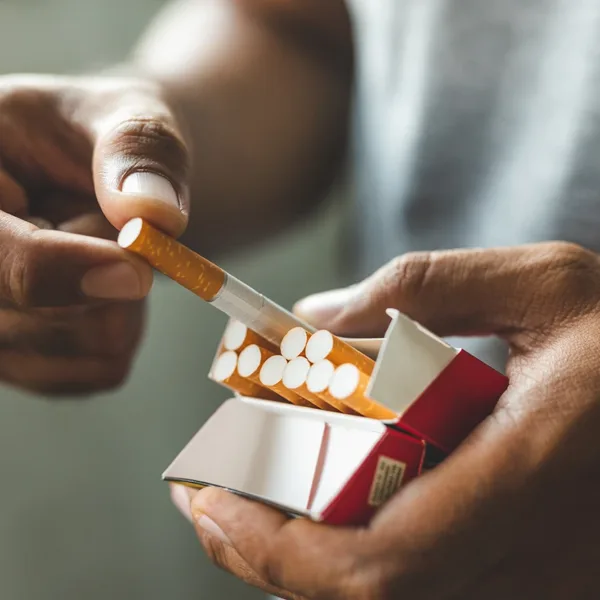

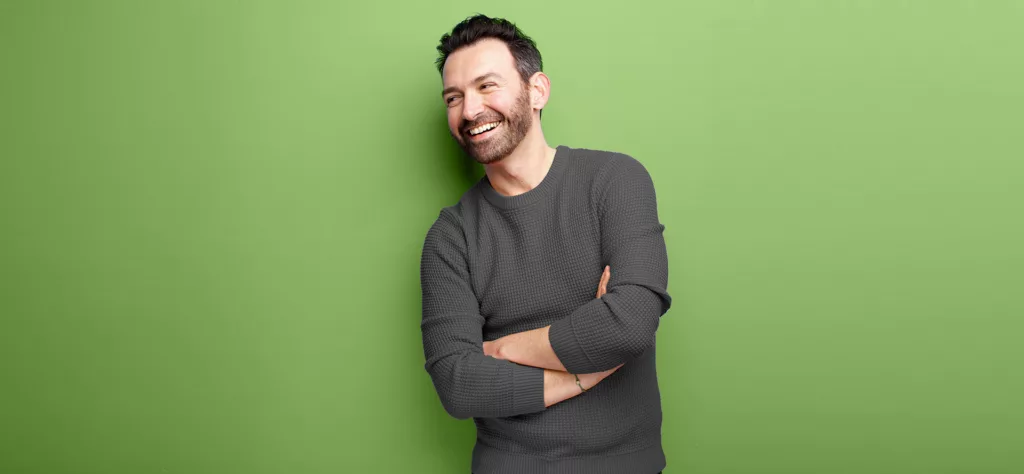
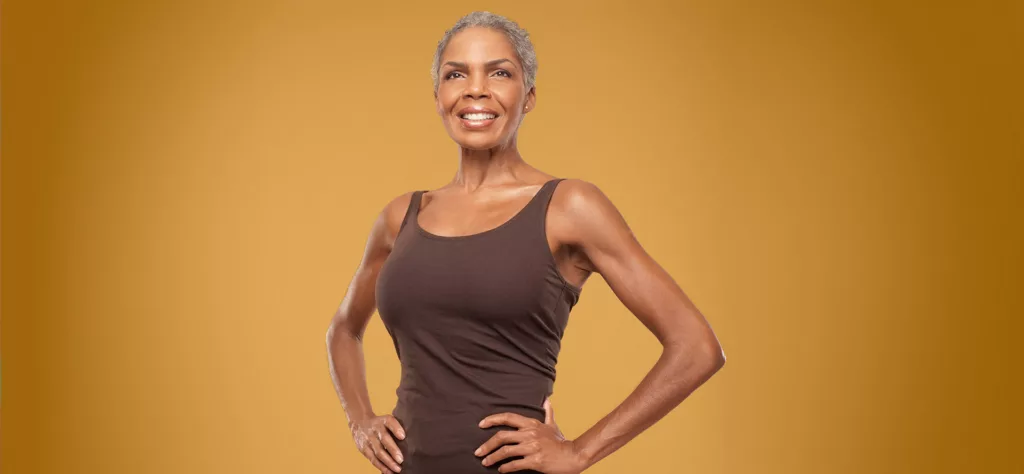

Have a question or Comment?